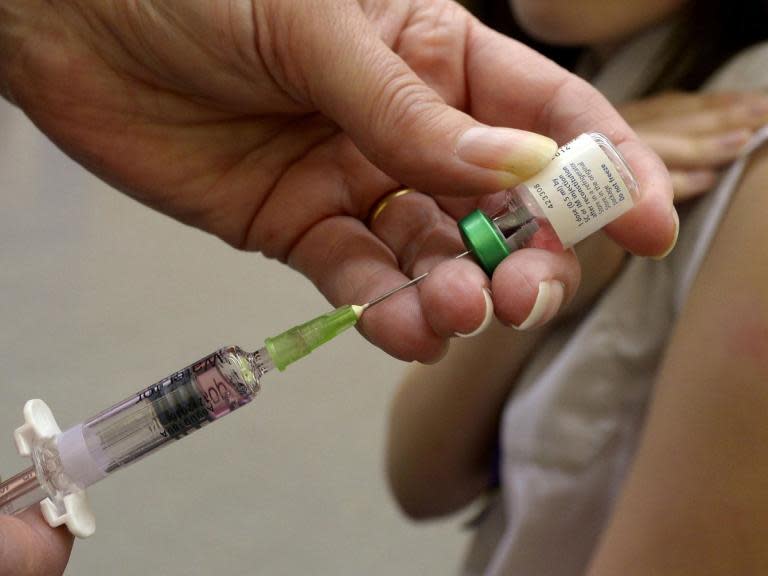Anti-vaccine movement spreading ‘fake news’ online and putting children at risk, England’s top doctor warns
England’s most senior doctor has warned that fake news myths pedalled on social media are stoking false fears about vaccinations putting children at risk.
Only 87 per cent of children in England have received both doses of the measles, mumps and rubella (MMR) vaccine, compared to a target of 95 per cent, and chief medical officer Professor Dame Sally Davies has said “this is not good enough”.
The proportion of children being vaccinated has gone into reverse after a decade of improvements since the early 2000s, when disgraced researcher Andrew Wakefield stoked fears of a link to autism.
By 2016, 95 per cent of children were receiving their first dose of vaccine, but so far in 2018 only 91 per cent have had the jab.
As in the 2000s, these gaps in coverage have contributed to a record measles outbreaks. There have already been 903 cases of the potentially fatal disease in England in 2018, largely among children aged 15 and above who were the generation most likely to have missed vaccination in the late 1990s.
In an interview with the BBC to mark 30 years of the combined MMR jab, Professor Davies said “social media fake news” is to blame.
“A number of people, stars, believe these myths – they are wrong,” she added.
“Over these 30 years, we have vaccinated millions of children. It is a safe vaccination – we know that – and we’ve saved millions of lives across the world.
“People who spread these myths, when children die they will not be there to pick up the pieces or the blame.”
The jab is given in two doses for maximum protection, with the first dose a month after the child’s first birthday and a second at age three.
But the lower uptake of both jabs increases the risk, particularly among people travelling to outbreak hotspots like Romania and Italy, Professor Davies said.
“That means a lot of protection but it doesn’t give us herd immunity,” Dame Sally said.
“So when people from abroad have been coming in, travelling infected, it is spreading into our local communities.”


